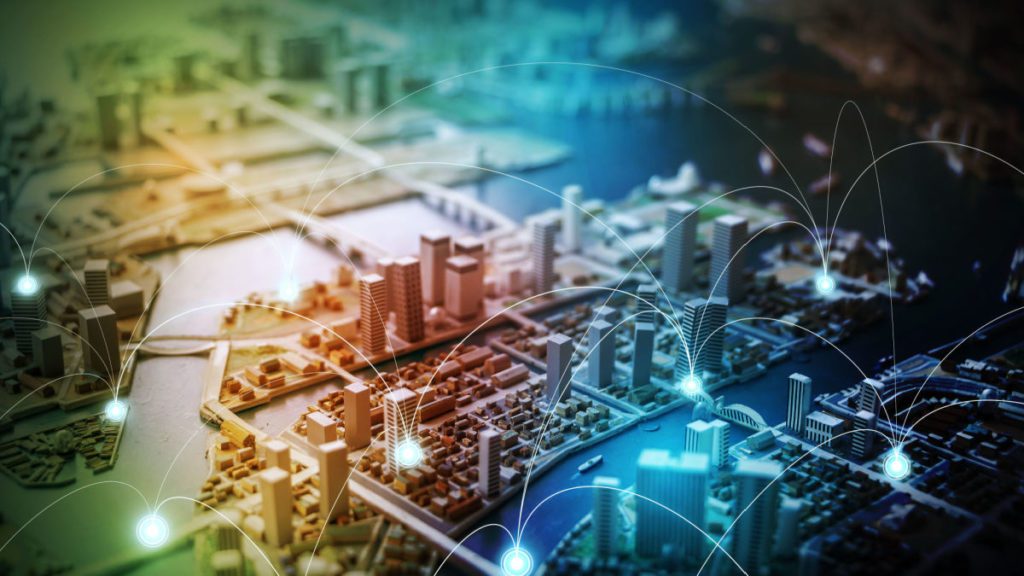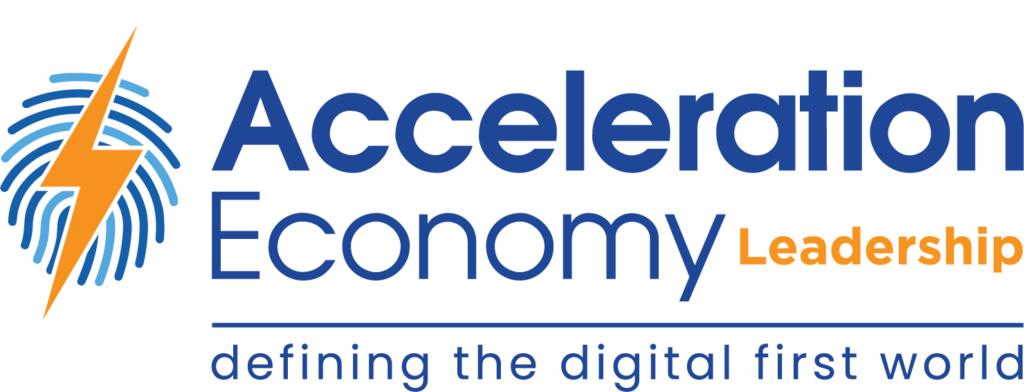In How Cloud Computing Can Help Develop a More Resilient Supply Chain, I described how supply chains and their challenges will stay at the forefront of the news and government as long as consumers continue to experience a lack of timely delivery of goods such as computer chips, building supplies, and automobiles. I pointed out some of the ways that cloud-based technology could provide a solution to supply chain challenges and help the many company leaders struggling to meet consumer demands. In this article, I’ll dive into one such technology: the Internet of Things (IoT).
What is IoT?
Oracle describes IoT as a “network of physical objects — ‘things’ — that are embedded with sensors, software, and other technologies for the purpose of connecting and exchanging data with other devices and systems over the internet.” These “things” run the gamut from smart TVs and doorbells to motion-sensitive security cameras and temperature sensors for office HVAC systems.
While Oracle’s definition is true, it doesn’t really tell us why IoT is important. We have millions of connected gadgets all over the world, providing mass amounts of data, but how does that help our supply chain issues? I’ve pinpointed three ways IoT can help, such as:
- Enhancing logistical traceability
- Enabling scalability
- Improving microfactory performance
3 Ways IoT Supports the Supply Chain
1. Logistical Traceability
An important aspect of improving supply chain problems is gaining a better understanding of where goods are at any time. Goods are constantly on the move, starting with raw material transportation and production, then moving onto finished goods manufacturing, and finally ending up on store shelves or direct-to-consumer delivery. The past three have seen numerous disruptions to this process, however.
From factory staffing shortages to the slim availability of shipping containers, the causes of supply chain slowdowns have been numerous and complex. This is why the ability to obtain real-time updates on the location and trajectory of these goods can make all the difference in controlling and optimizing logistics processes.
Rather than depending on periodic manual updates, we can use IoT by including tracking devices in packages or shipping containers. Think of it as the difference between having a tracking number that tells you “package received at the regional center” or “package is in transit” and seeing a live feed of “where the truck carrying your package is right now.” Even in the warehouse, these tracking devices can let you know exactly where your pallets of goods are at any time, providing a quicker ability to locate products that need to be shipped or get real-time inventory counts.
2. Scalability
As I mentioned in my previous article, one of the fundamental causes of supply chain issues is the inability to adapt to changes in demand. Often, the disparity between demand and supply is a result of timing: The knowledge that demand has increased comes too late to ramp up production, and lead times suffer.
Here, real-time processes coupled with process automation and scalable cloud technology can help. By coupling the data provided by IoT devices along the supply chain with predictive analytics, you can get a much quicker alert that your demand is changing and requires quickly adjusting supply parameters and scaling up or down as needed.
3. Microfactories
Microfactories are another way to take advantage of IoT to create a nimble, resilient supply chain. What are microfactories? Imagine small, highly automated production centers located at strategic points close to where the materials or goods are needed. Microfactories don’t require large areas or spacious buildings and can be built and started up much more quickly and cheaply than traditional factories.
Microfactories enable companies to quickly add production capability while also reducing shipping costs, making them an important strategic part of supply chain optimization. They rely heavily on IoT to quickly make decisions about what to produce and where goods need to go. In a traditional factory, you can walk around and ensure that all ways are going well and see the process first-hand, but a manufacturing system made up of many microfactories requires an automated system that can be modeled and analyzed in real-time without the need for personal travel to each of those facilities.
Final Thoughts
I believe these use cases merely scratch the surface of what is possible for the supply chain using IoT devices. One way to get an idea of how your supply chain could benefit from IoT is to start by mapping out a process, and asking, “How much visibility do I have into the process at point A and point B and to the travel of goods between point A and point B?” followed by “What IoT device could provide that information?” and “What framework is needed to manage those devices?” Fortunately, there are quite a few companies specializing in helping you ask and answer those very questions. I’m very interested to see how those companies differentiate themselves and which cloud providers offer the best opportunities for IoT engagement.
Want more tech insights for the top execs? Visit the Leadership channel:










